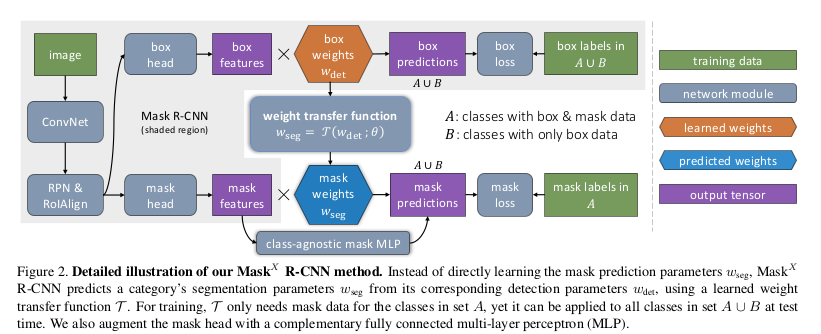Lycon
A minimal and fast image library for Python and C++.
Lycon is a small subset of optimized image operations derived from OpenCV.
Current set of features include:
- Reading and writing JPEG and PNG images
- Fast SIMD optimized image resizing
- Zero-copy interop with NumPy whenever possible
Tested on:
- Linux (Ubuntu 14.04) with Python
2.7.6and3.5.2. - macOS (Sierra, 10.12) with Python
2.7.11and3.5.1.
Install
pip install lycon
Native extension dependencies:
- CMake 2.8 or newer
- C++ toolchain
- LibJPEG
- LibPNG
Ubuntu
Single-line command for installing all dependencies:
sudo apt-get install cmake build-essential libjpeg-dev libpng-dev
Anaconda
When working within an Anaconda Python distribution, it is recommended to use the latest cmake version (3.6 or newer). Older versions can lead to a mismatch between the libpng and libjpeg headers used to build Lycon (usually the system headers), and the linked library (which may be preempted by the Anaconda-scoped version). To install the latest cmake version:
conda install cmake
Example
import lycon
# Load an image as a numpy array
img = lycon.load('mittens.jpg')
# Resize the image using bicubic interpolation
resized = lycon.resize(img, width=256, height=512, interpolation=lycon.Interpolation.CUBIC)
# Crop the image (like any regular numpy array)
cropped = resized[:100, :200]
# Save the image
lycon.save('cropped-mittens.png', cropped)
Limitations
Compared to other image processing libraries (OpenCV, pillow, scikit-image), Lycon offers a very limited set of operations. Intended usages include data loaders for deep learning, mass image resizing, etc.
Advantages over OpenCV
- Drastically smaller (at the cost of drastically fewer features)
- Python module installable via
pip - Images use the more common
RGBordering (vs OpenCV'sBGR)
However, if you already have OpenCV installed, Lycon's advantages are minimal.
Advantages over PIL(low)
- Faster
- First-class NumPy support
- Full support for floating point images
Advantages over Scikit-Image
- Drastically faster
Benchmarks
- The table below lists execution time (in seconds), averaged across 10 runs
- The multiplier next to the time is the relative slowdown compared to Lycon
| Operation | Lycon | OpenCV | PIL | Scikit-Image |
|---|---|---|---|---|
| Upsample: Nearest | 0.1944 | 0.1948 (1x) | 2.1342 (11x) | 30.8982 (158.9x) |
| Upsample: Bilinear | 0.4852 | 0.4940 (1x) | 7.2940 (15x) | 45.9095 (94.6x) |
| Upsample: Bicubic | 1.8162 | 1.8182 (1x) | 8.9589 (4.9x) | 120.1645 (66.1x) |
| Upsample: Lanczos | 4.5641 | 4.5714 (1x) | 10.7517 (2.3x) | |
| Upsample: Area | 0.4801 | 0.4931 (1x) | ||
| Downsample: Nearest | 0.0183 | 0.0181 (1x) | 0.4379 (24.2x) | 3.6101 (199.9x) |
| Downsample: Bilinear | 0.0258 | 0.0257 (1x) | 1.3122 (51x) | 4.8487 (188.4x) |
| Downsample: Bicubic | 0.1324 | 0.1329 (1x) | 1.8153 (13.7x) | 9.4905 (71.6x) |
| Downsample: Lanczos | 0.3317 | 0.3328 (1x) | 2.4058 (7.2x) | |
| Downsample: Area | 0.0258 | 0.0259 (1x) | ||
| Read: JPG | 0.3409 | 0.5085 (1.5x) | 1.4081 (4.1x) | 1.4628 (4.3x) |
| Read: PNG | 1.2114 | 1.3245 (1.1x) | 1.8274 (1.5x) | 1.8674 (1.5x) |
| Write: JPG | 0.4760 | 0.6046 (1.3x) | 2.3823 (5x) | 5.0159 (10.5x) |
| Write: PNG | 2.1421 | 2.2370 (1x) | 9.0580 (4.2x) | 11.6060 (5.4x) |
- Blank cells indicate that the operation is not supported by the library
- All operations performed on a 16k (15360 x 8640) RGB image
- Tests performed on Ubuntu 14.04 running on an Intel Core i7 (Skylake)
- OpenCV
3.2+ (master: a85b4b5), Pillow4.0.0, skimage0.12.3, Python2.7.3 - OpenCV can potentially achieve better performance with GPU implementations and proprietary libraries like Intel IPP









